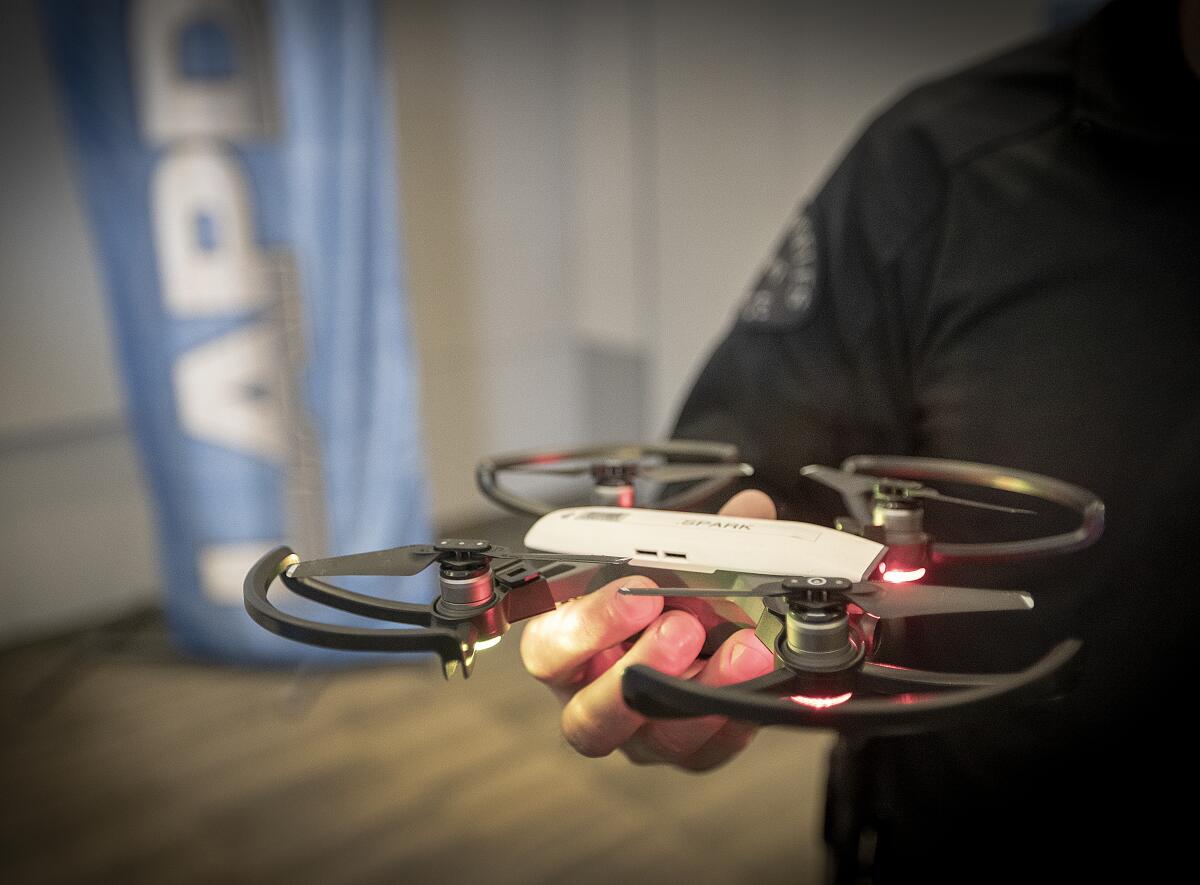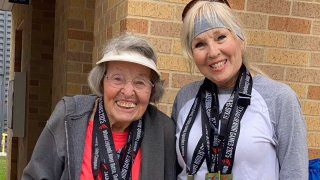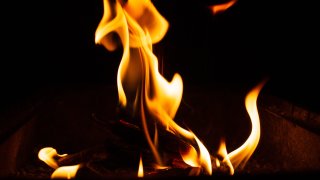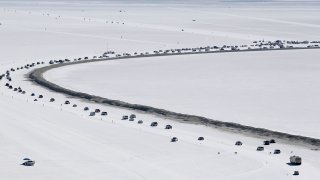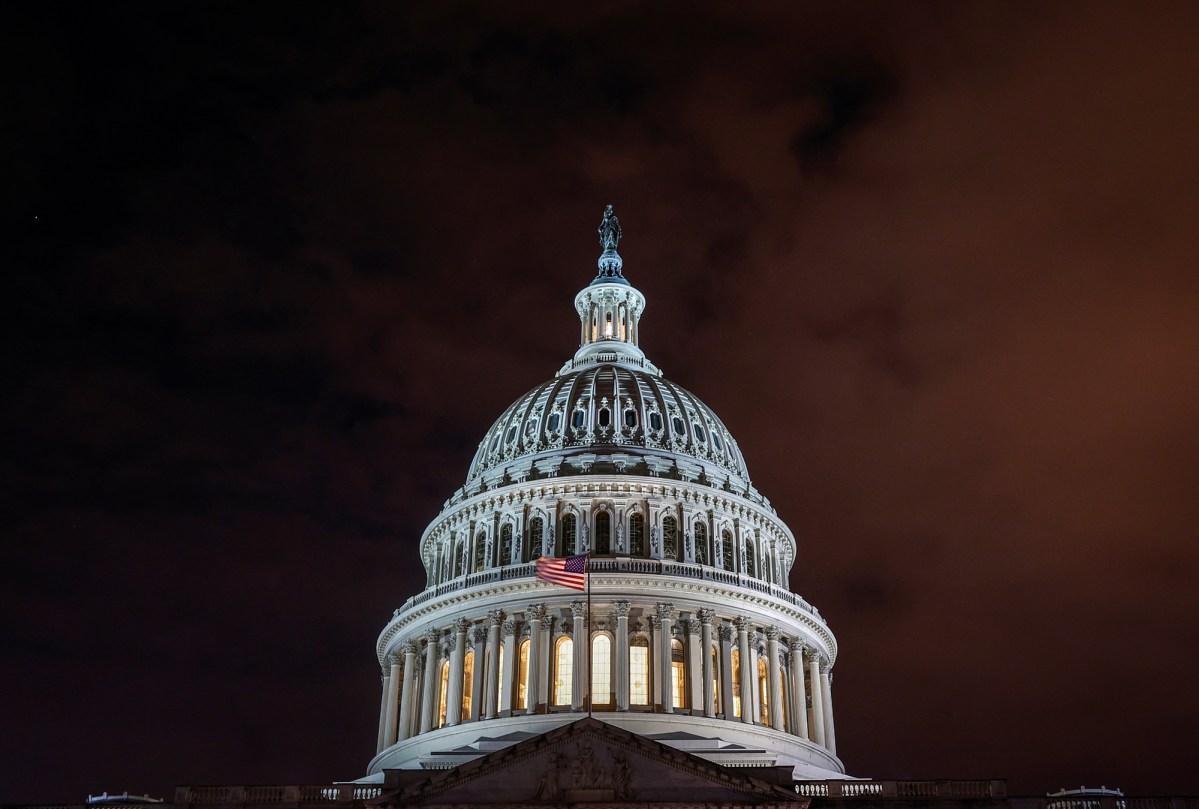The Los Angeles Police Commission said it will permit the LAPD to use unmanned aircraft on regular emergency calls, citing the success other police agencies nationwide have had using drones.
On Tuesday, the civilian oversight committee authorized a revised policy that permits the use of drones in additional circumstances, such as service requests. The new instructions moved the Air Support Division’s command to the Office of Special Operations and specified other possibilities for future drone deployment, including high-risk incidents, investigative purposes, large-scale events, and natural disasters.
The department’s nine drones were previously limited to a small number of hazardous scenarios, the majority of which included explosives or barricaded criminals.
Commissioners were informed by LAPD Cmdr. Bryan Lium that the technology provides responding officers and their supervisors with vital, up-to-date information about the kinds of dangers they may face during an emergency response.
In addition to providing guarantees that the new policy won’t be applied in an illegal manner, officials stated that there is broad community support for the growing use of drones to fight crime.
The vote on Tuesday makes it possible for a trial program to begin at four police divisions—Topanga, West L.A., Harbor, and Central—spread throughout the department’s four geographical bureaus the following month. The department was urged by the commission to provide an update on the program’s success within six months.
The previous regulation, according to Commissioner Rasha Gerges Shields, was naturally quite restrictive because the department was testing out a technology that had not yet been validated. However, she claimed that as other agencies adopted the times, the LAPD fell behind.
The commissioner cited Beverly Hills as an example of a city where police have embraced advanced surveillance technologies quickly. According to Gerges Shields, who was a member of an internal work group that developed the new policy, deploying a drone before officers could assist avoid risky standoffs by alerting responding officers to whether a suspect is armed.
Commissioner Teresa Sanchez Gordon adopted a more pessimistic stance, stating that the public needed to be protected by the new policy. She inquired as to whether there were explicit rules governing the deployment of the devices at large-scale protests, like the ones that have rocked Los Angeles in recent weeks, and when they should be used.
California
The Police Department has come under fire for its officers’ use of force against the bigger protesting throng in response to attacks by a small group of agitators.
“I guess I just want to make sure that people who are lawfully exercising their rights won’t be harmed by the recording of these activities,” she said.
Although department officials emphasized that the modified drone policy will not be used to track or monitor protesters who are not involved in criminal activity, it does permit the observation of large-scale demonstrations for safety purposes.
Officials stated that it is still prohibited to arm the drones with weapons or connect them with facial recognition software.
Periodically, audits will also be conducted on the drone footage. The agency stated that it intends to create a website that will allow the general public to follow the flight path of a drone and the date, time, and place of its deployment, but not to view the films it captures.
Citing the department’s history with surveillance technology, critics continue to doubt the claims of transparency, expressing concern that police will use drones disproportionately against communities of color. During Tuesday’s meeting, a number of program opponents voiced their opinions.
According to officials, the gadgets, which range in size from 2.5 to 5 pounds, can travel two miles in about two minutes.
Drone use has been considered for years, but the agency was pushed harder after a spate of high-profile burglaries on the city’s Westside caused public outrage.
The development of drones coincides with a larger discussion about the efficacy of the department’s helicopter program, which has been criticized for being too expensive.
California
The LAPD continues to face harsh criticism, new lawsuits, and inquiries despite years of expensive litigation, accountability mechanisms, and leadership pledges to limit the use of force without cause.
The agency is following smaller neighboring agencies’ lead in implementing the new criteria. Chula Vista and Culver City, in addition to Beverly Hills, have more lenient laws and have been employing drones for years on patrol.
According to LAPD Cmdr. Shannon Paulson, the police will have more freedom to use drones thanks to the new policy. According to her, for example, there were delays because, under the previous procedure, a deputy chief or higher had to be present at the site in order to send a drone to a bomb threat.
